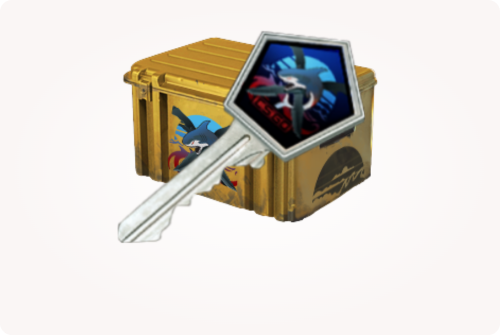Callouts on the Map Nuke in CS2
In the high-stakes world of Counter-Strike 2 (CS2), the ability to communicate effectively with your team can be the difference between victory and defeat. One of the most crucial aspects of this communication is the use of callouts—concise, clear descriptions of enemy positions that allow your team to react quickly and strategically. Nuke, a map renowned for its complexity and verticality, presents a unique set of challenges and opportunities for mastering callouts.
Understanding the Map
Nuke’s layout is a labyrinth of levels, ramps, and hidden spots, making it a favorite among players who relish the tactical depth it offers. From the T-Spawn to the CT-Spawn, every corner of this map holds a potential vantage point or blind spot. The key to navigating Nuke is understanding its structure and the specific callouts associated with each area.

Callouts on the T-Side
Starting from the T-Spawn, players must be aware of positions like the T-Roof, Silo, and T-Red, each offering different angles of attack and defense. The Outside area, with its Secret and Garage, is particularly crucial for launching an assault on the B site. The CT Box, nestled near the CT Spawn, is a common spot for snipers to keep an eye on the street.
Callouts on the CT-Side
For the counter-terrorists, the A site features complex callouts like Heaven, Hell, and the Lockers, each providing layered defense options. The Main area and the Vent are critical for both attack and defense, while the Tetris and Mustang positions offer unique angles to control the A site.
The Mid Section: Ramp and Lobby
The mid section of Nuke, encompassing the Ramp and Lobby, is where many skirmishes take place. Callouts here, such as Turnpike, Stack, and Boost, are essential for controlling the flow of the match. The Squeaky and Radio rooms are also vital for establishing a presence in the mid section.
B Site: A Crucible of Strategy
The B site, with its Cross and Plant areas, requires precise callouts like Tunnels, Vents, and the Decon room. Each of these positions plays a role in the intricate dance of attack and defense that unfolds in this map.
The Power of Precision: Using Callouts Effectively
Knowing the callouts on the map Nuke is one thing; using them effectively is another. A good callout should be:
- Clear: Avoid ambiguity. Be specific about the location.
- Quick: Speed is crucial. The faster you communicate, the quicker your team can respond.
- Consistent: Use the same callouts that your team and the broader community recognize.
Emotional Intelligence in Gaming
In the heat of battle, it’s easy to lose your cool. But effective communication is about more than just relaying positions—it’s about supporting your team emotionally. Encouraging words, acknowledging good plays, and staying calm under pressure can boost team morale and improve performance.
The Evolution of Nuke
Nuke has undergone several changes since its inception, each affecting the way callouts are used. From the 2016 rework to more recent updates, staying attuned to these changes is essential for any player looking to master the map.
Conclusion
In conclusion, mastering the callouts on the map Nuke in CS2 is about more than just memorizing positions—it’s about understanding the flow of the game, communicating effectively, and adapting to the ever-changing landscape of the map. Whether you’re a seasoned pro or a newcomer to the world of CS2, the art of callouts on Nuke is one that rewards dedication and practice. As you step into the fray, remember that every callout is a message to your team, a piece of the puzzle that, when assembled correctly, can lead you to victory.
Top Picks

Operation Riptide Case
$65.62 – $145.83

Shadow Case
$34.30 – $62.89

Revolver Case
$35.10 – $105.30


















